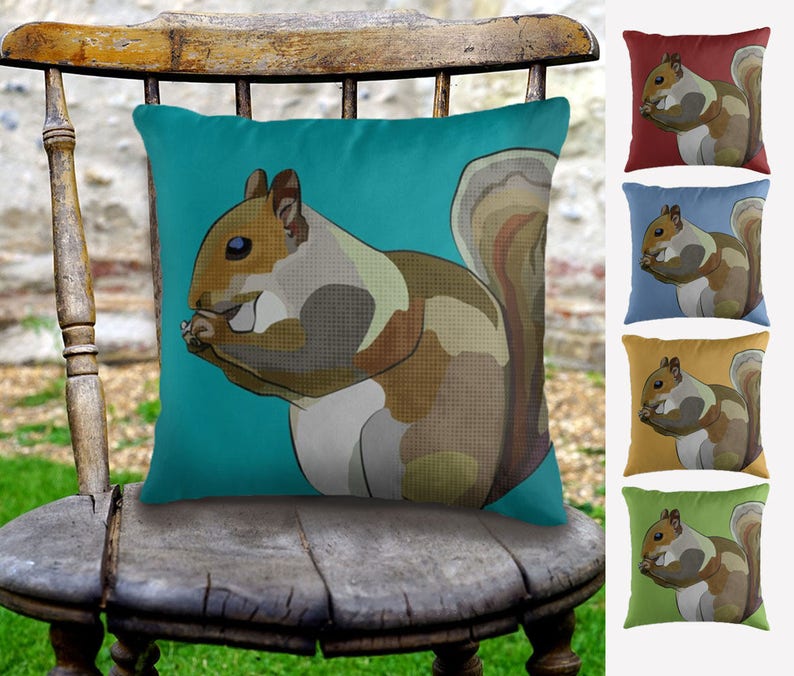Protecting wildlife habitat is crucial for the survival of many species around the world. One innovative approach that has been gaining attention in recent years is the concept of a wildlife cushion. This cushion refers to a buffer zone around protected areas that provides additional habitat and protection for wildlife populations.
The Importance of Wildlife Cushions
Wildlife cushions serve as a crucial extension of protected areas, offering additional space for wildlife to roam and thrive. These buffer zones help prevent habitat fragmentation, which occurs when habitats are broken up into smaller, isolated patches. Fragmentation can have detrimental effects on wildlife populations, as it can limit their ability to find food, mates, and suitable habitats.
Read more about Cushions here.
By creating wildlife cushions around protected areas, conservationists can create connected corridors that allow wildlife to move freely between different habitats. This promotes genetic diversity and helps prevent inbreeding, which can lead to reduced fitness and increased vulnerability to diseases.
Examples of Wildlife Cushions in Action
One example of a successful wildlife cushion is the Greater Yellowstone Ecosystem in the United States. This region contains Yellowstone National Park as well as surrounding protected areas and wildlife corridors. The buffer zones around the park provide crucial habitat for animals like grizzly bears, wolves, and elk, allowing them to move between different parts of their range.
In India, the Western Ghats mountain range is home to a network of protected areas that are connected by wildlife corridors and buffer zones. These cushions help maintain connectivity between different habitats, allowing species like tigers, elephants, and leopards to move freely and access necessary resources.
Overall, wildlife cushions play a vital role in conservation efforts to protect and preserve wildlife habitats. By creating buffer zones around protected areas, we can help ensure the long-term survival of many species and promote healthy ecosystems around the world.





